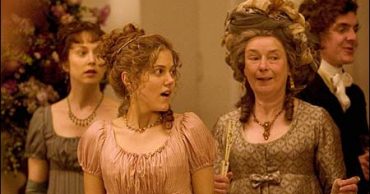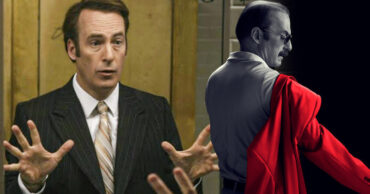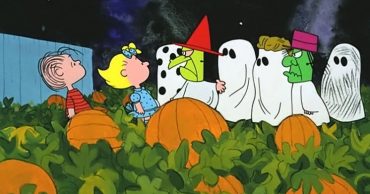
The debate surrounding movie sequels has been a long-standing one, with some people enjoying the continuation of their favorite stories, while others argue that sequels are inherently inferior. Occasionally, a sequel surpasses the original, but this is not a common occurrence. The original film often sets a high bar that sequels struggle to reach. There are several reasons why sequels fail to live up to their predecessors, and understanding these factors can help us appreciate the challenges filmmakers face when attempting to create a successful follow-up.
Here are five reasons why sequels often fall short of the original movies.
5. The Return of Main Actors is Not Guaranteed
Sequels may suffer when key actors from the original film do not return. This could be due to scheduling conflicts, a lack of interest in working with a new director, or simply because the actor was not passionate about the project. Additionally, some actors may be hesitant to return for fear of tarnishing their reputation. Reassembling the original cast can be a complex process, often requiring a well-planned shooting schedule that accommodates the actors’ availability.
4. Different Directors Bring Divergent Visions
A change in director can significantly impact a sequel’s tone and direction. For example, the reception of The Force Awakens and The Last Jedi varied greatly due to differing creative visions. Some directors may not be as invested in the source material as their predecessor, opting to tell their own story rather than building upon the original. This approach can be detrimental to a franchise and may signal the beginning of the end for a sequel.
3. The Story Becomes Diluted
As a franchise expands, the storylines can become increasingly repetitive and watered down. This is especially evident when movies go beyond the sequel and into third, fourth, or even fifth installments. Eventually, the story becomes so diluted that a remake or reboot is the only way to revive the franchise, but even this is not a guaranteed success. Despite this pattern, audiences continue to place their faith in directors and studios to deliver quality sequels.
2. Time Gaps Can Be Problematic
Ideally, sequels should be produced shortly after the original film. However, when significant time has passed between the two, numerous challenges arise. These include reuniting the original cast, crafting a believable story that connects the films, and reigniting audience interest. Time gaps can be detrimental to a sequel’s success, as the magic of the original may be lost in the interim.
1. Studios Overestimate the Profitability of Sequels
Studios often view successful films as cash cows, leading to the production of numerous sequels. While this strategy has proven profitable in the past, it can result in a decline in quality as the franchise continues. Loyal fans may continue to watch, even as the films become increasingly unbearable. Franchises such as A Nightmare on Elm Street and Friday the 13th exemplify this trend, with each installment becoming progressively worse.
While some people enjoy sequels, others are left wondering why they were made in the first place. Understanding the challenges and pitfalls of creating a successful sequel can help us appreciate the rare instances when a follow-up film truly shines.
 Follow Us
Follow Us





